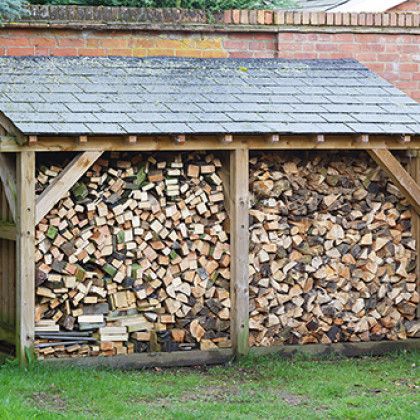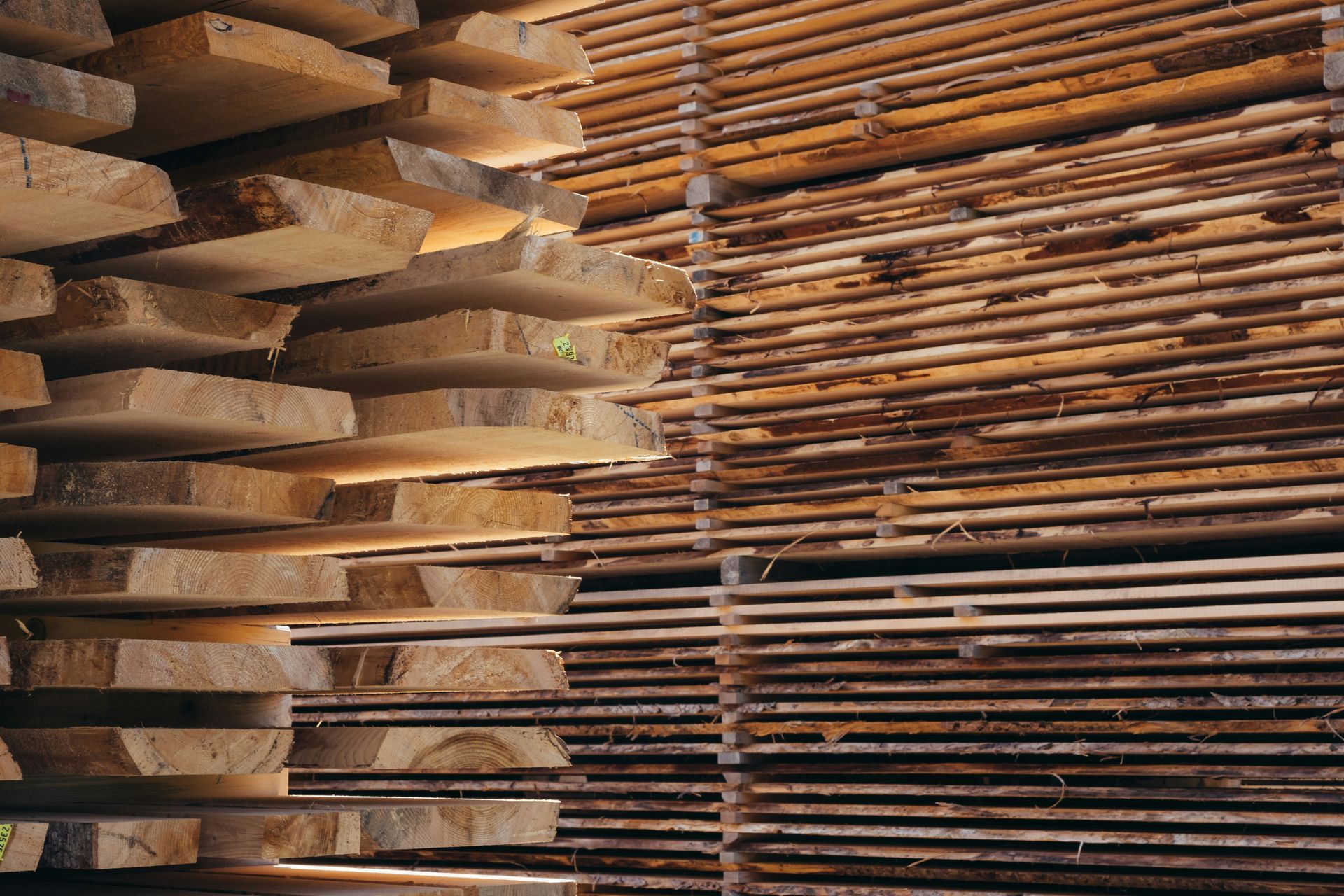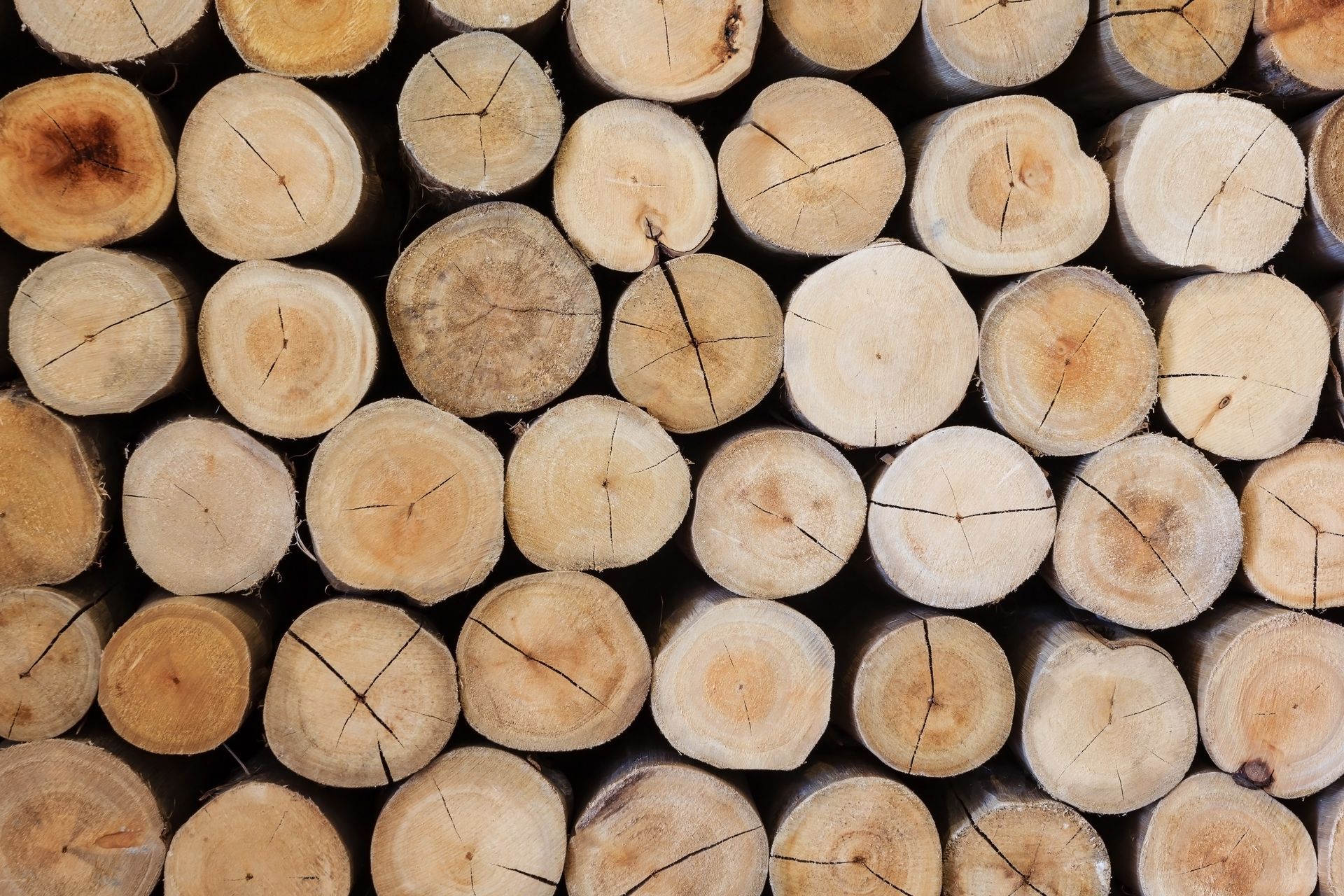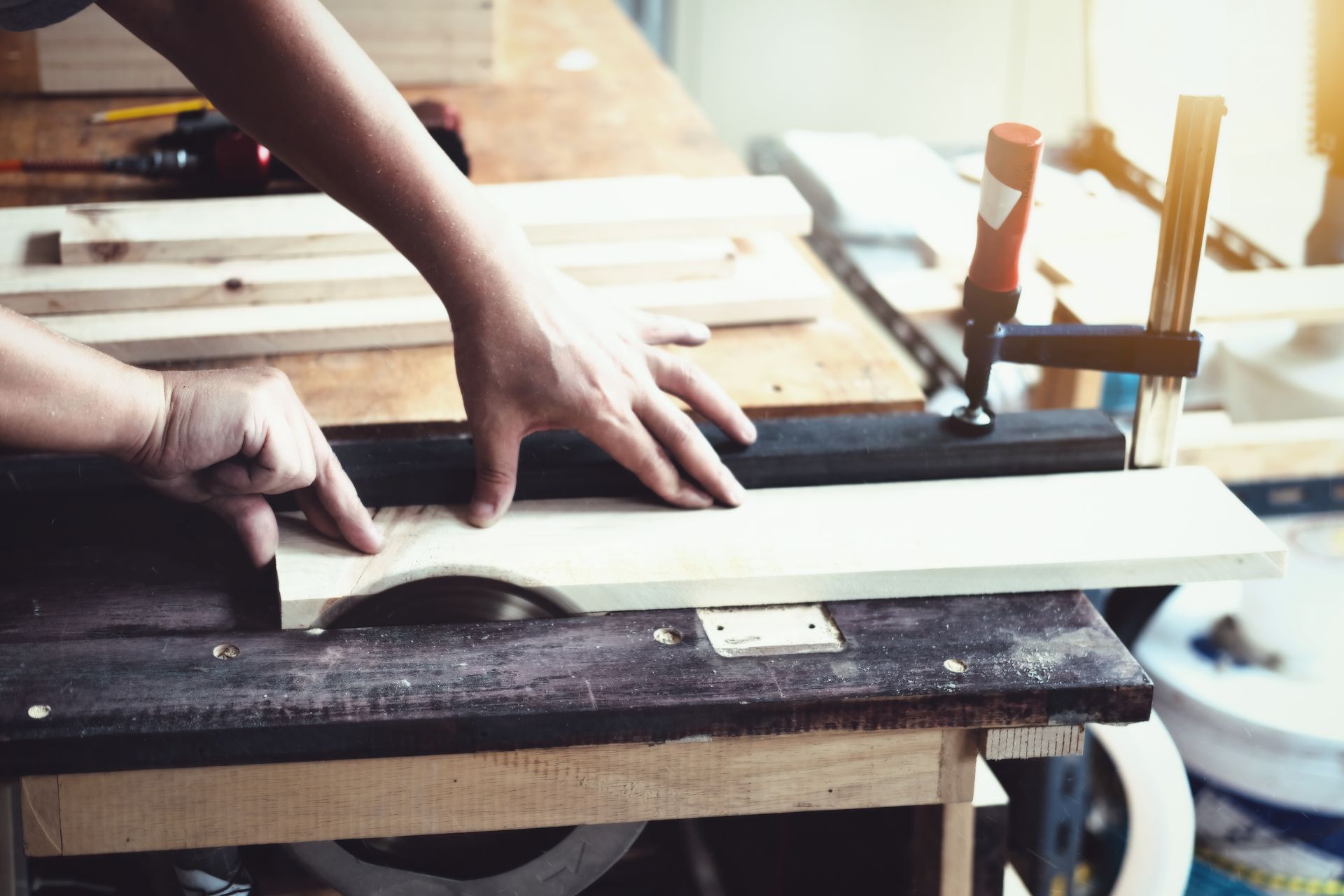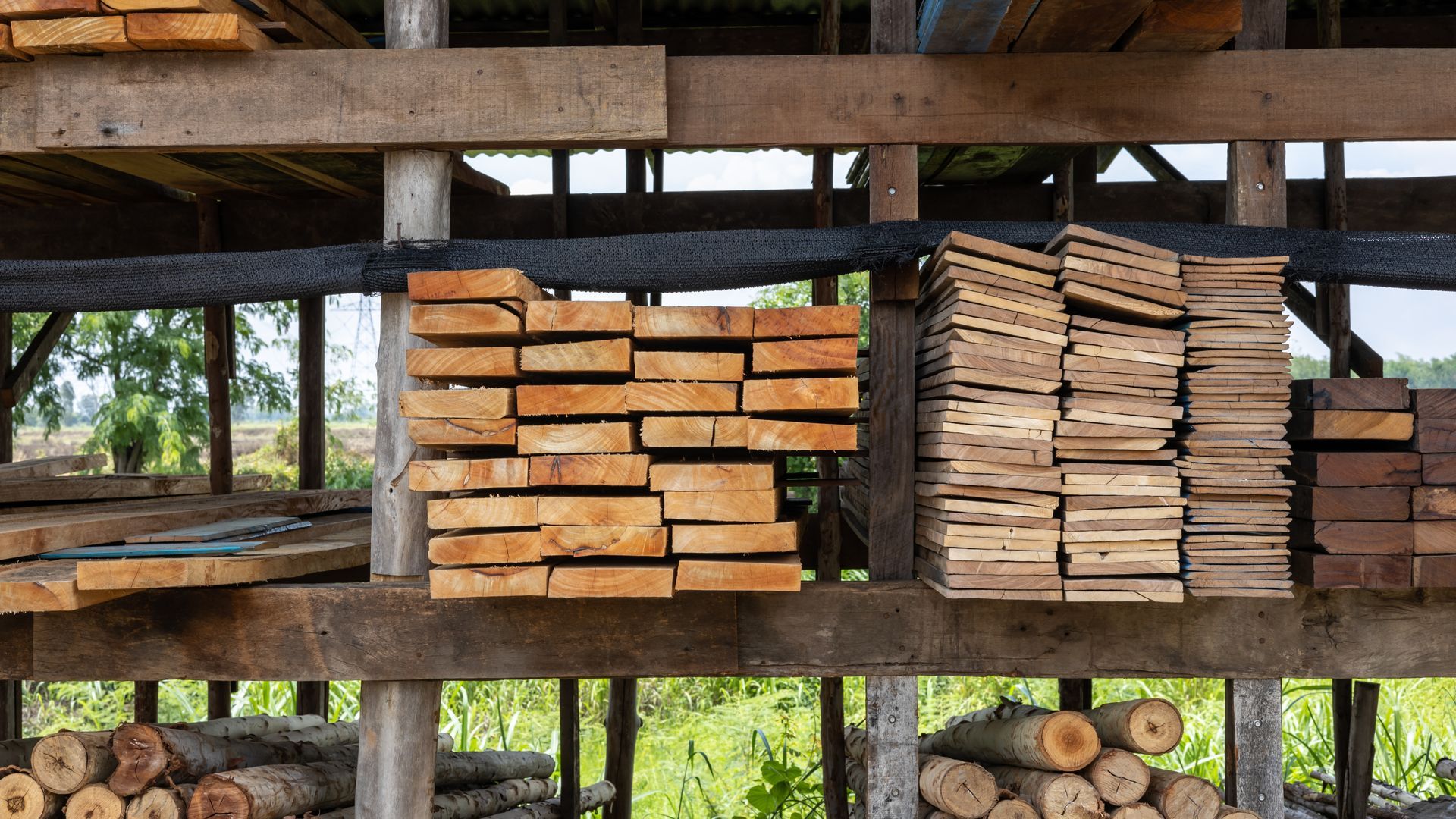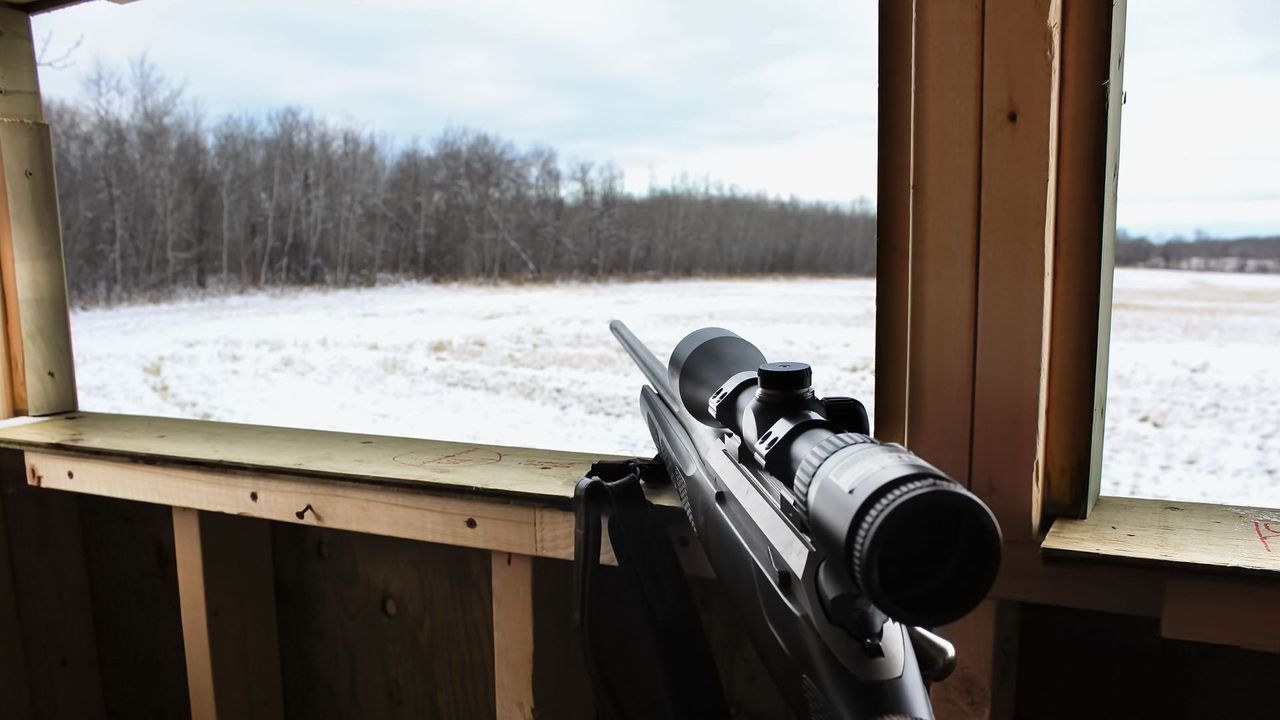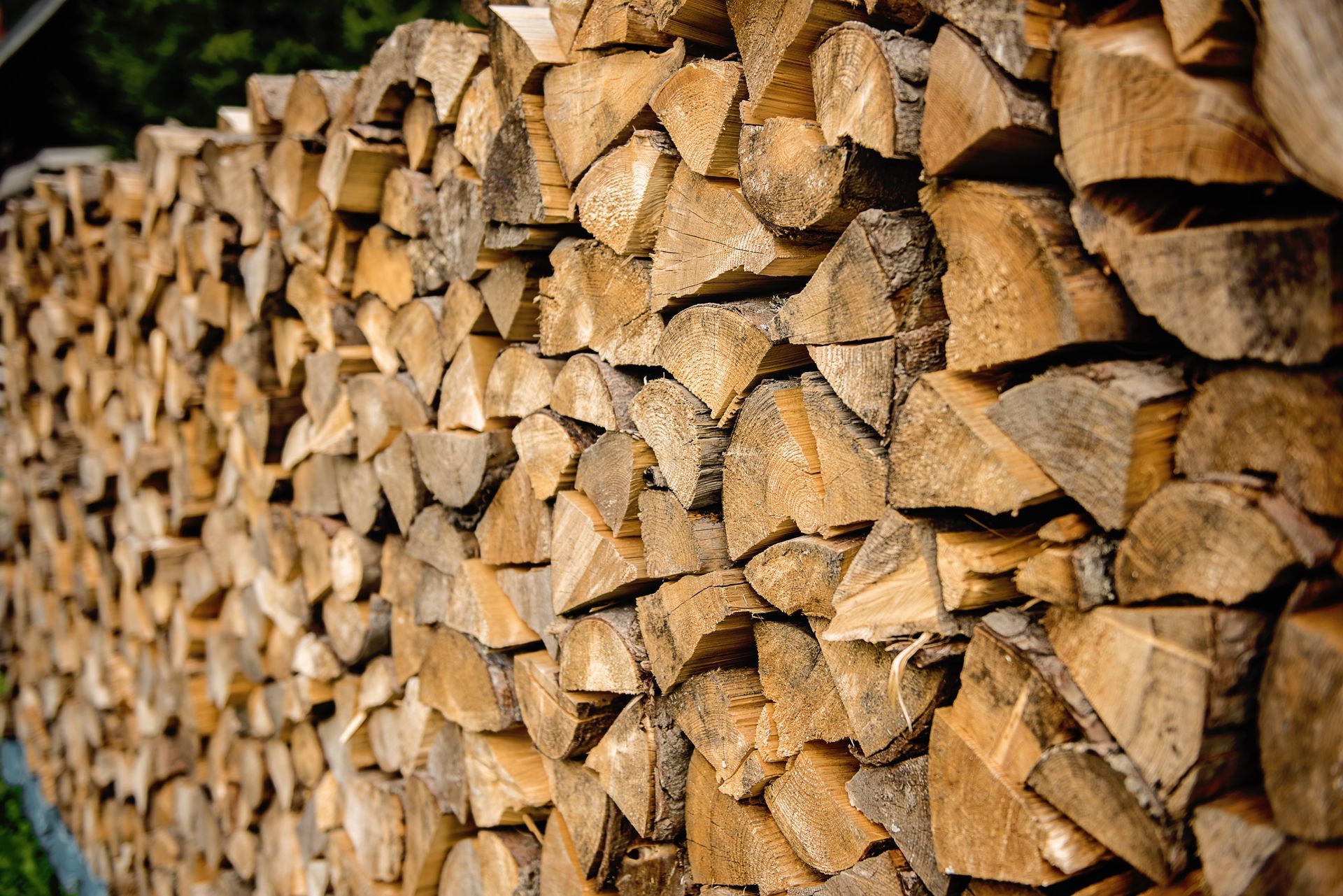What’s the Best Way to Camouflage a Deer Blind for Hunting?
When it comes to hunting, being invisible is key. Deer have sharp senses, and one wrong move can send them bolting before you even get a chance to aim. That’s why camouflaging your deer blind is crucial to getting closer to your target. But it’s not just about slapping some leaves on it and calling it a day. There’s a science (and a bit of art) to blending into your environment effectively. In this guide, we’ll walk you through the best ways to camouflage your deer blind for a successful hunt.
City skyline
Why Camouflage Matters: Understanding Deer Senses
Before diving into camouflage techniques, it’s important to understand why it matters so much. Deer rely on their keen eyesight, excellent sense of smell, and acute hearing to detect predators—including you. Here’s how these senses work and why proper camouflage makes all the difference:
- Eyesight: Deer see in shades of blue and yellow, but they aren’t great with reds and oranges. This is why bright colors can stand out to them. While they can’t detect fine details, they’re extremely sensitive to movement and contrast, meaning that your blind will stand out if it doesn’t blend well with the environment.
- Sense of Smell: A deer’s sense of smell is its superpower. They can pick up human scent from hundreds of yards away. While camouflage helps you remain visually hidden, scent control is equally important for total invisibility.
- Hearing: A twig snap, a zipper pull, or the rustling of synthetic material can alert a deer to your presence. When camouflaging your blind, you need to account for noise as much as visibility.
Understanding how deer perceive the world helps explain why simply wearing camo or setting up a blind isn’t enough. You need to think holistically about how to hide in plain sight.
Choosing the Best Material for Your Deer Blind Camouflage
When it comes to blending in, the material you choose for your deer blind plays a pivotal role. You might be tempted to grab any old camouflage fabric or synthetic cover, but not all materials are created equal. Here's how to choose the best materials for your blind's exterior.
1. Natural Materials
Nature provides the best camouflage, hands down. Using branches, leaves, grasses, and even dirt from the surrounding area helps your blind blend seamlessly into the environment.
- Branches and Twigs: Add real branches to your blind’s exterior for an authentic look. Fresh-cut branches can even mask your scent, giving you an added advantage.
- Grass and Weeds: Use long grasses and weeds, attaching them securely to your blind. This works especially well in open field or marsh environments.
- Mud and Dirt: Smearing mud on your blind can dull any unnatural sheen and help it blend better. Plus, it doesn’t get more natural than local dirt!
2. Synthetic Camo Netting
If you're short on time or natural materials, synthetic camo netting is a quick and easy option. Look for netting that matches the predominant colors of your hunting environment.
- Open Fields: Opt for beige or light green netting that mimics grass or hay fields.
- Wooded Areas: Choose darker greens, browns, or multi-colored netting that mimics the trees and foliage.
Just remember that synthetic materials tend to make noise. If you choose this option, secure the netting well and avoid brushing against it while moving inside the blind.
3. Paint and Texture
For a permanent solution, painting your deer blind with earthy tones is effective. Consider using a matte paint to avoid shine, and add textures by mixing in sand or fine grit into the paint for added realism.
Pro Tip: Mix the materials! Don’t just rely on one type of camouflage. A blend of paint, natural materials, and netting makes for the most effective blind.
Placement is Everything: Setting Up Your Camouflaged Blind
Once you've camouflaged your blind with materials, the next crucial step is deciding where to place it. Camouflage is only as effective as your blind’s surroundings, so consider these factors for perfect placement.
1. Use Natural Cover
The key to effective camouflage is leveraging your environment. Tuck your blind into natural cover, such as:
- Under Trees: Place your blind beneath tree canopies for natural shade and to break up the outline of your structure.
- Near Bushes: Use large bushes or thickets to shield your blind from open views.
- Beside Rocks or Fallen Trees: This works great for blending in with the landscape, particularly in rocky or rugged terrains.
2. Avoid the Skyline
One rookie mistake is placing a blind on a hilltop or against an open skyline. This makes the blind stand out, even if it’s perfectly camouflaged.
- Stay Below the Horizon: Set up your blind in low-lying areas or against natural backdrops like hills, boulders, or dense tree lines.
3. Account for Wind Direction
Remember, deer rely heavily on their sense of smell. Always position your blind downwind of where you expect deer to approach.
- Wind Awareness: Check local wind patterns before choosing your spot, and never place your blind where your scent will blow toward a deer trail.
4. Avoid Straight Lines
Deer are naturally wary of unnatural shapes. A boxy blind with straight edges will stand out to them.
- Break Up the Silhouette: Use branches and leaves to add irregular shapes to the roofline and sides of your blind. If you’re using synthetic materials, drape them unevenly to create an organic look.
How to Camouflage Your Blind for Different Seasons
The landscape changes with each season, and so should your camouflage. Here’s how to adapt your blind’s look to blend in all year round.
1. Spring and Summer
Lush green foliage dominates in these warmer months, so your blind should follow suit.
- Use Bright Green: Apply fresh green branches and foliage around your blind.
- Grass Mats: Grass mats work well in meadows or open areas with tall grasses.
2. Fall
Fall is prime hunting season, and the colors change to browns, oranges, and yellows.
- Use Leaves: Collect fallen leaves from the area and attach them to your blind. Real leaves are best, but synthetic ones work in a pinch.
- Swap Your Paint Colors: If your blind is painted, consider using brown and orange hues during the fall months.
3. Winter
Snowy landscapes require different tactics. Deer will spot the dark shapes of a blind against the snow quickly.
- Use White Sheets: Drape white or gray cloth over your blind to match the snowy surroundings.
- Snow Camo Netting: For a long-term solution, invest in snow camo netting, which has a mix of white and gray patterns to mimic snow and tree trunks.
Contact Potterville Sawmill, LLC for Expertly Crafted, Camouflaged Deer Blinds
At Potterville Sawmill, LLC, we specialize in building custom deer blinds that not only blend perfectly with the environment but also keep you comfortable and dry during long hunts. Our blinds are built from rough-sawn timber, which provides natural camouflage, durability, and protection from the elements. Unlike many deer blinds made from lightweight, synthetic materials, our blinds stand up to harsh weather conditions while helping you stay concealed.
Ready to start your next hunting adventure with a perfectly camouflaged deer blind? Contact our team at
(517) 231-7436 to discuss your specifications for a custom-built deer blind that blends seamlessly into your hunting grounds. We also offer
rough sawn sheds,
custom lumber, and
firewood. Call us today to learn more about how our deer blinds are
guaranteed to blend in and enhance your hunting experience.
Click here to visit our shop.
FAQs
What’s the best color to paint a deer blind?
The best color depends on the environment. For wooded areas, go with dark greens and browns. For open fields, lighter greens and tans work well. In snowy conditions, white and gray are best.
How can I make my deer blind more scent-proof?
To reduce scent, use scent-control sprays, store gear in scent-free bags, and always approach your blind from downwind.
Do I need to camouflage the inside of my blind?
Yes! Using dark fabrics or paint inside the blind reduces glare and helps you blend into the shadows.
How do I keep my deer blind from being spotted by other hunters?
Using natural camouflage like branches and leaves, along with placing your blind in less visible spots, can help keep it hidden from other hunters.
How far from a deer trail should I place my blind?
Typically, you’ll want to set up 20-50 yards away from a trail, depending on your weapon and terrain.
